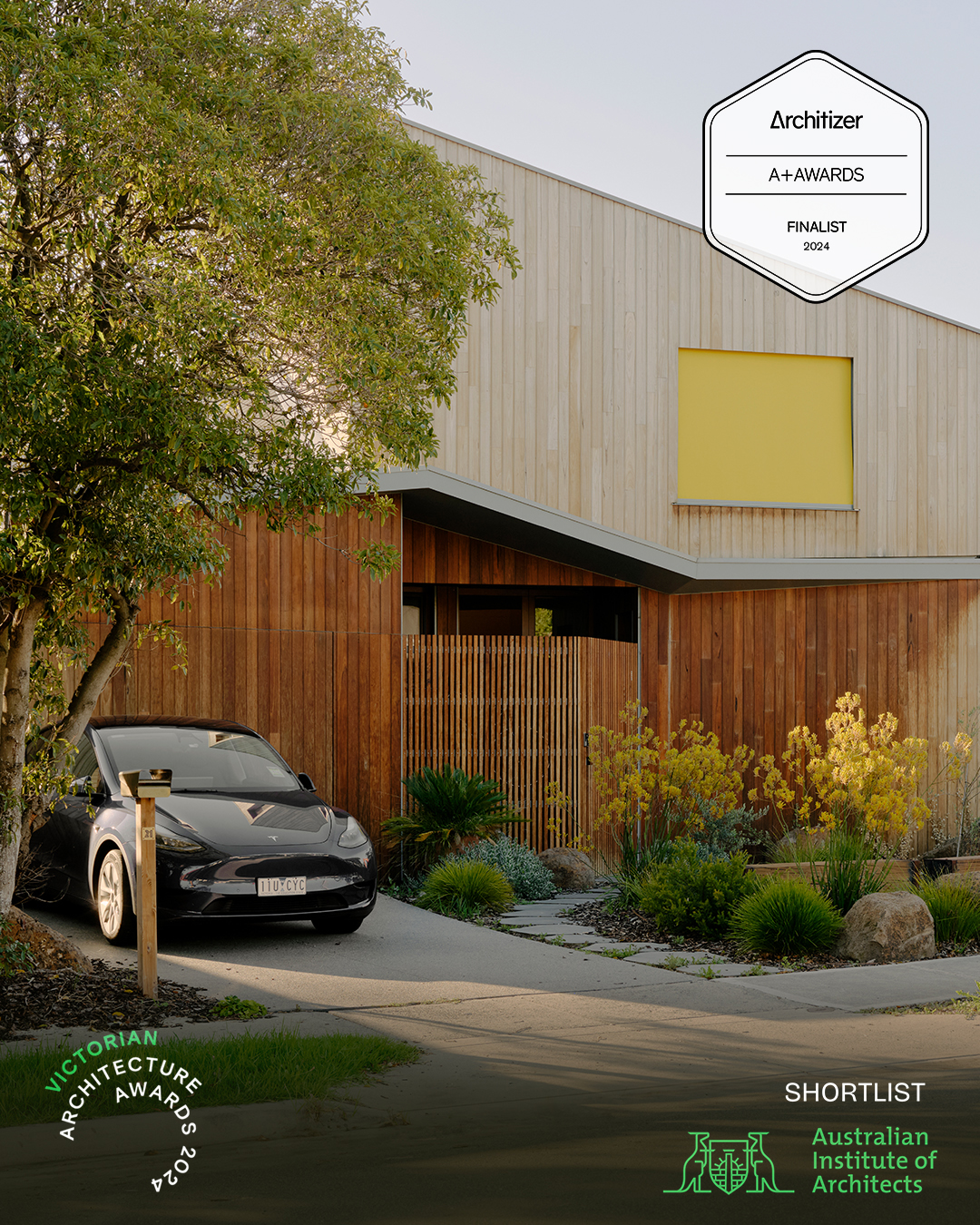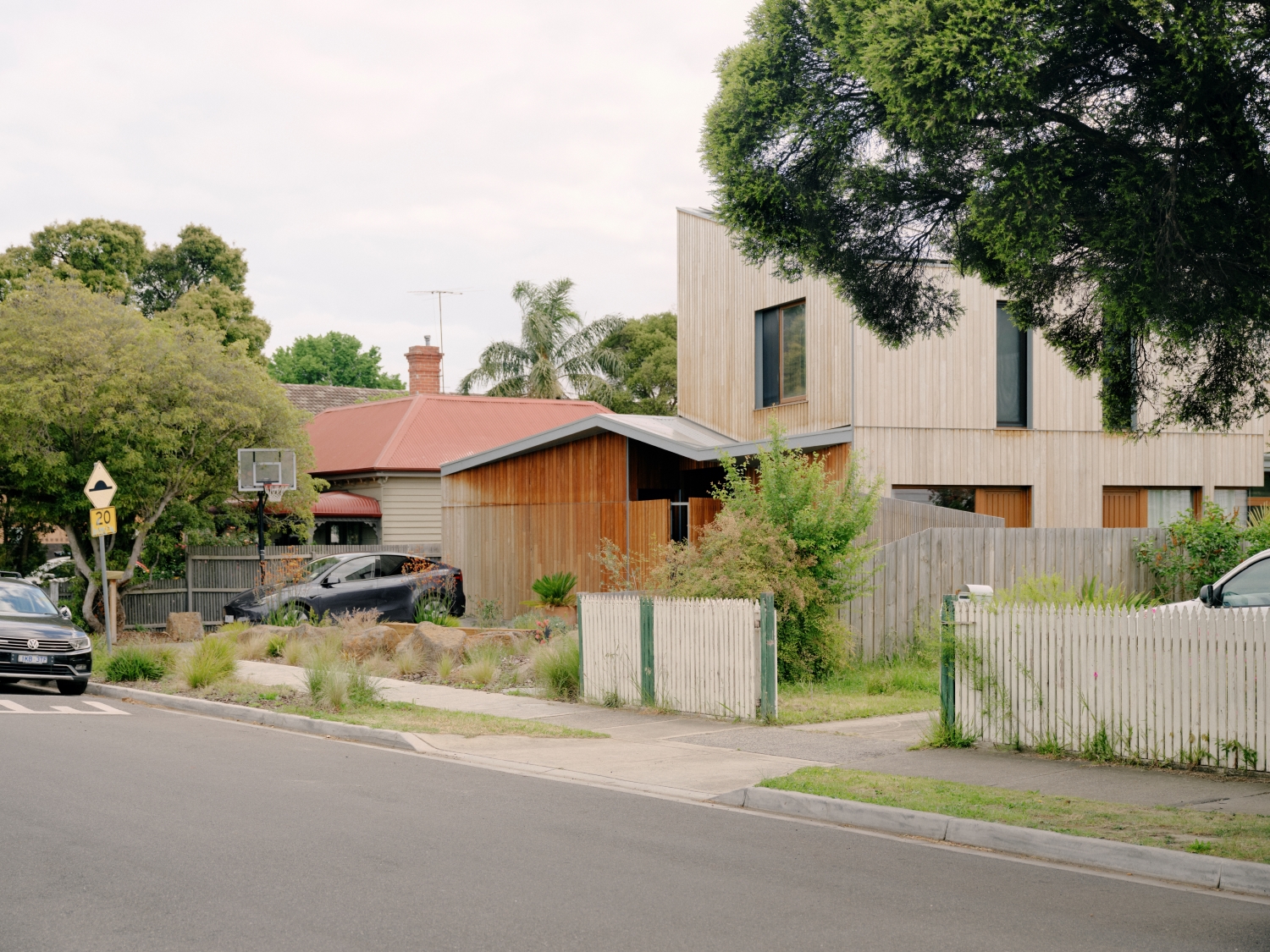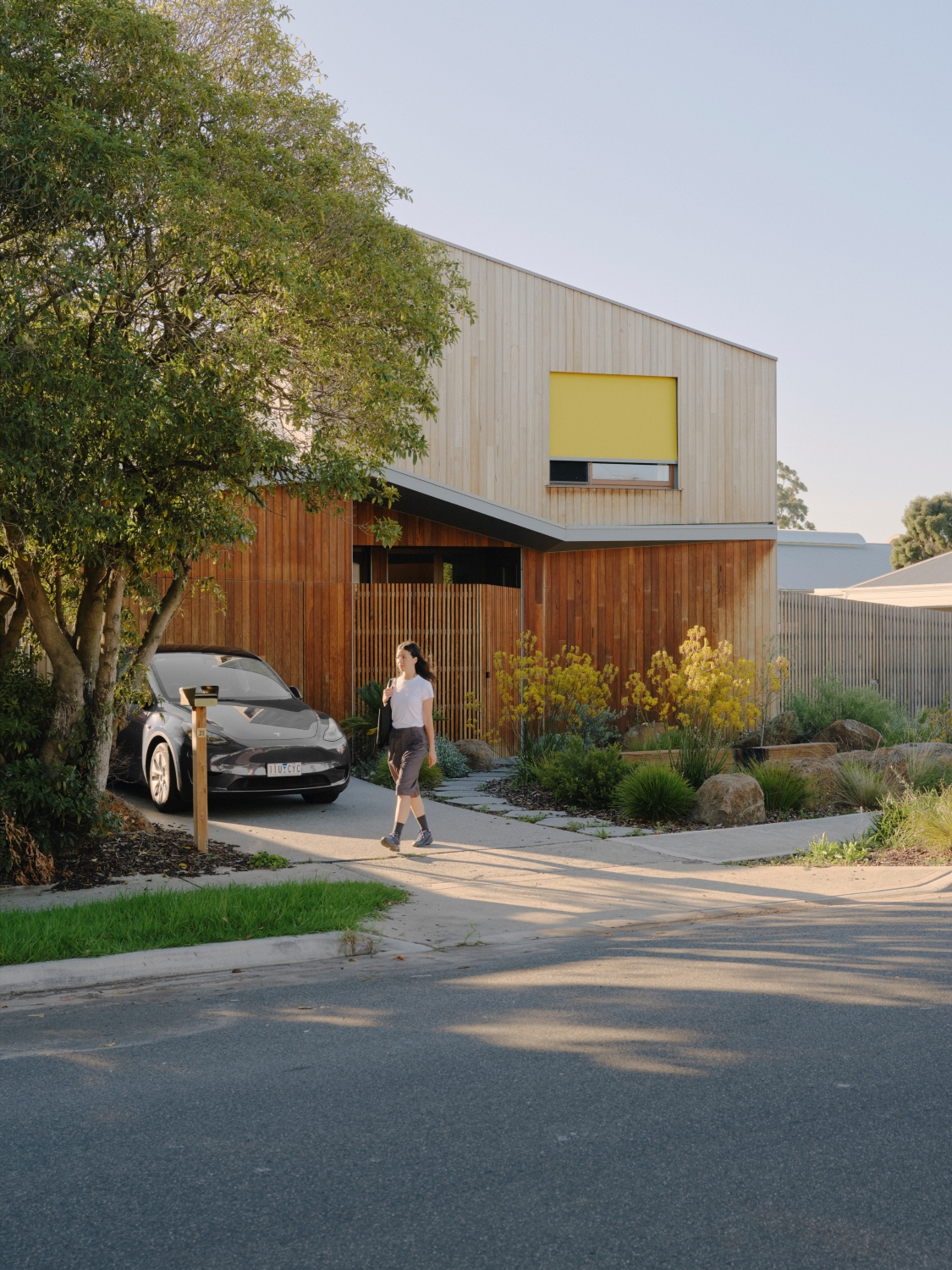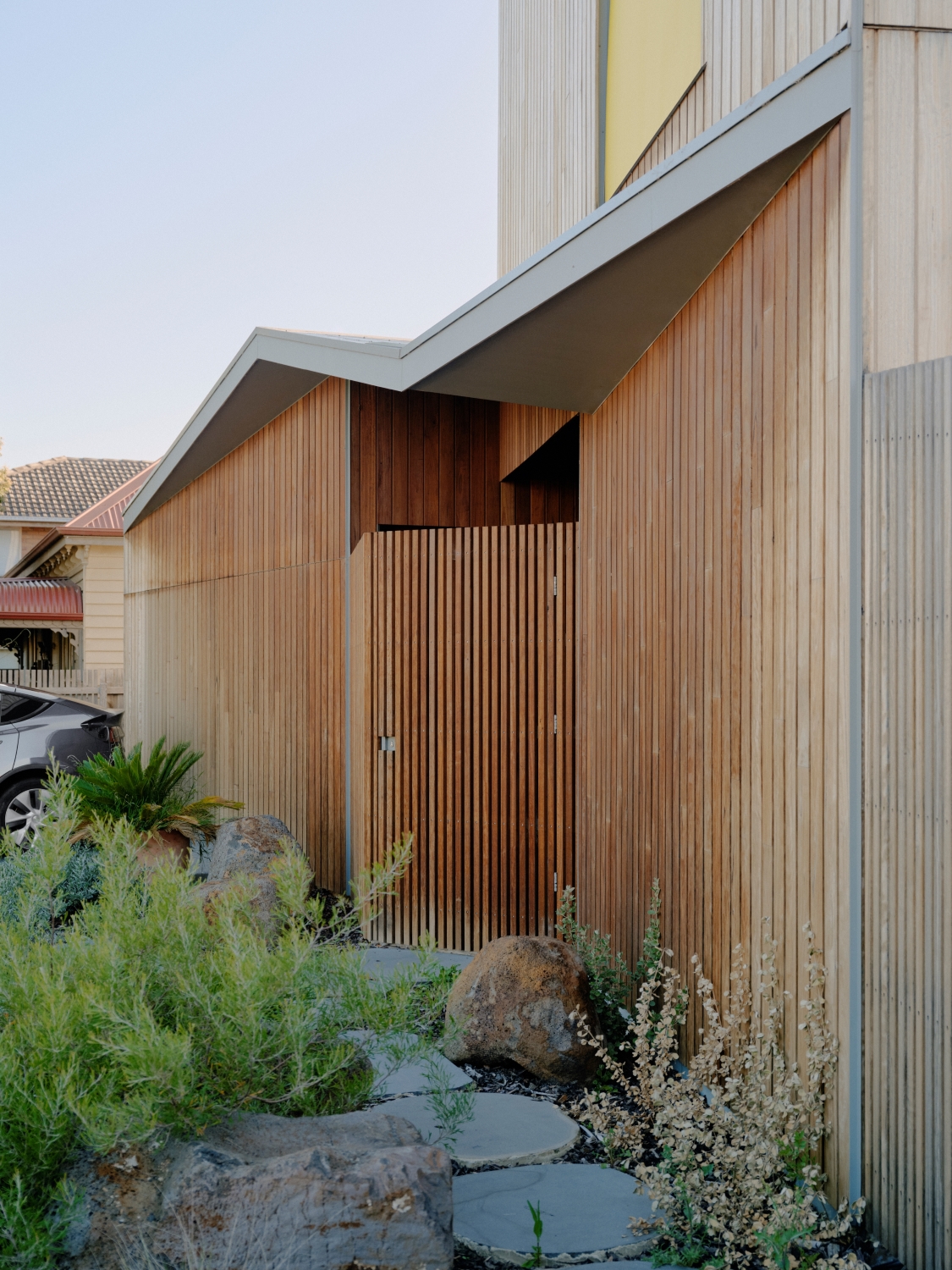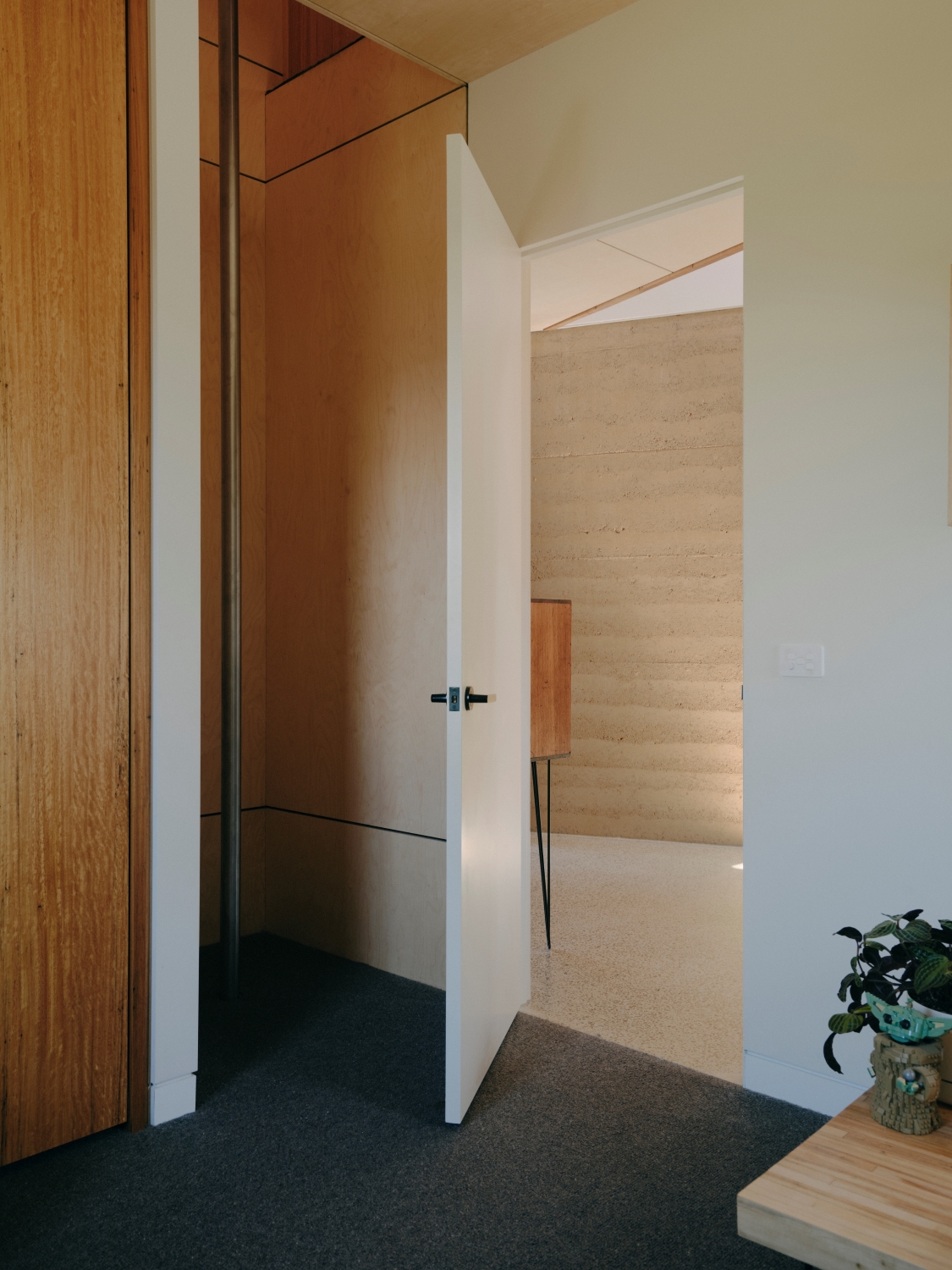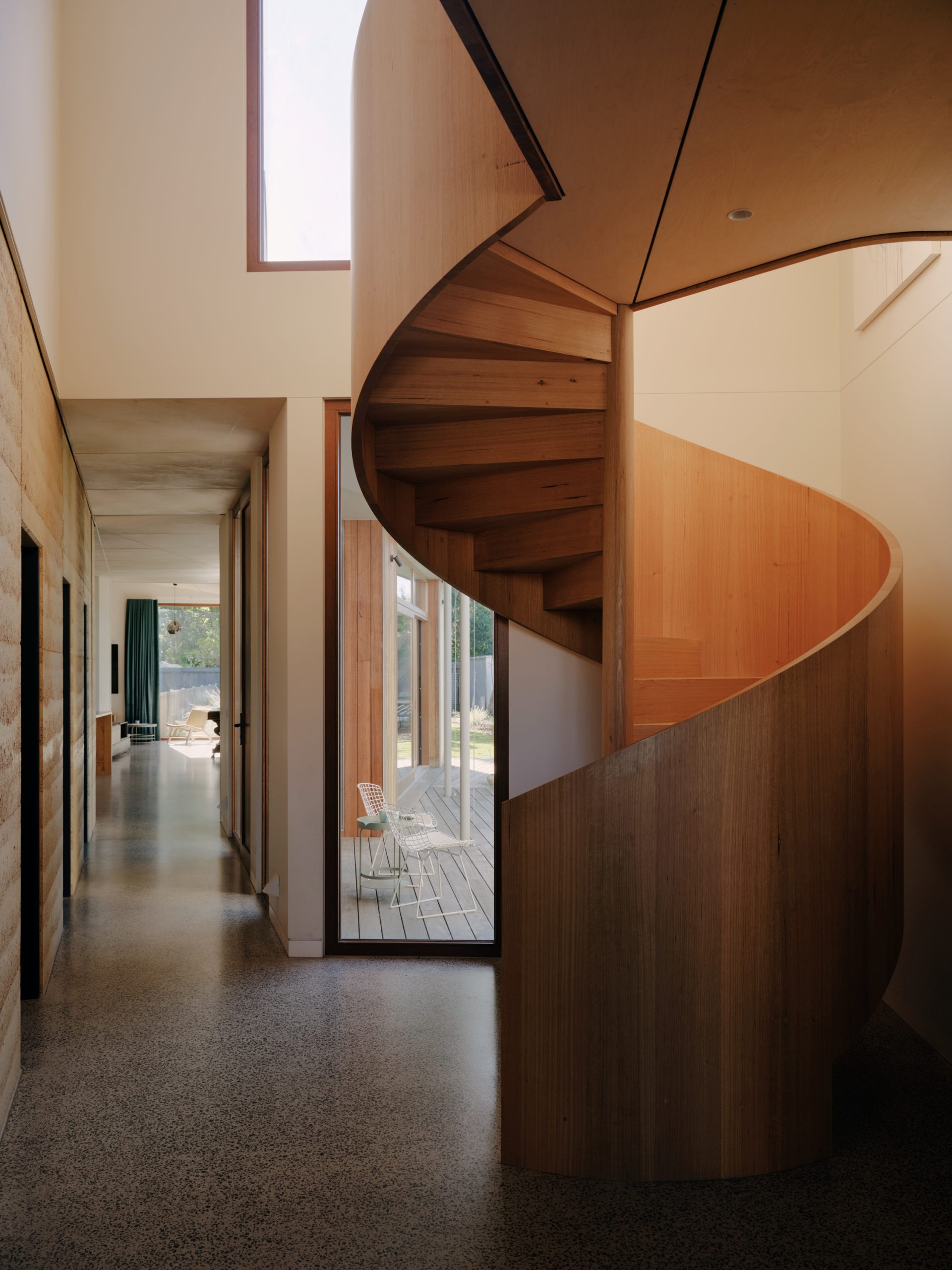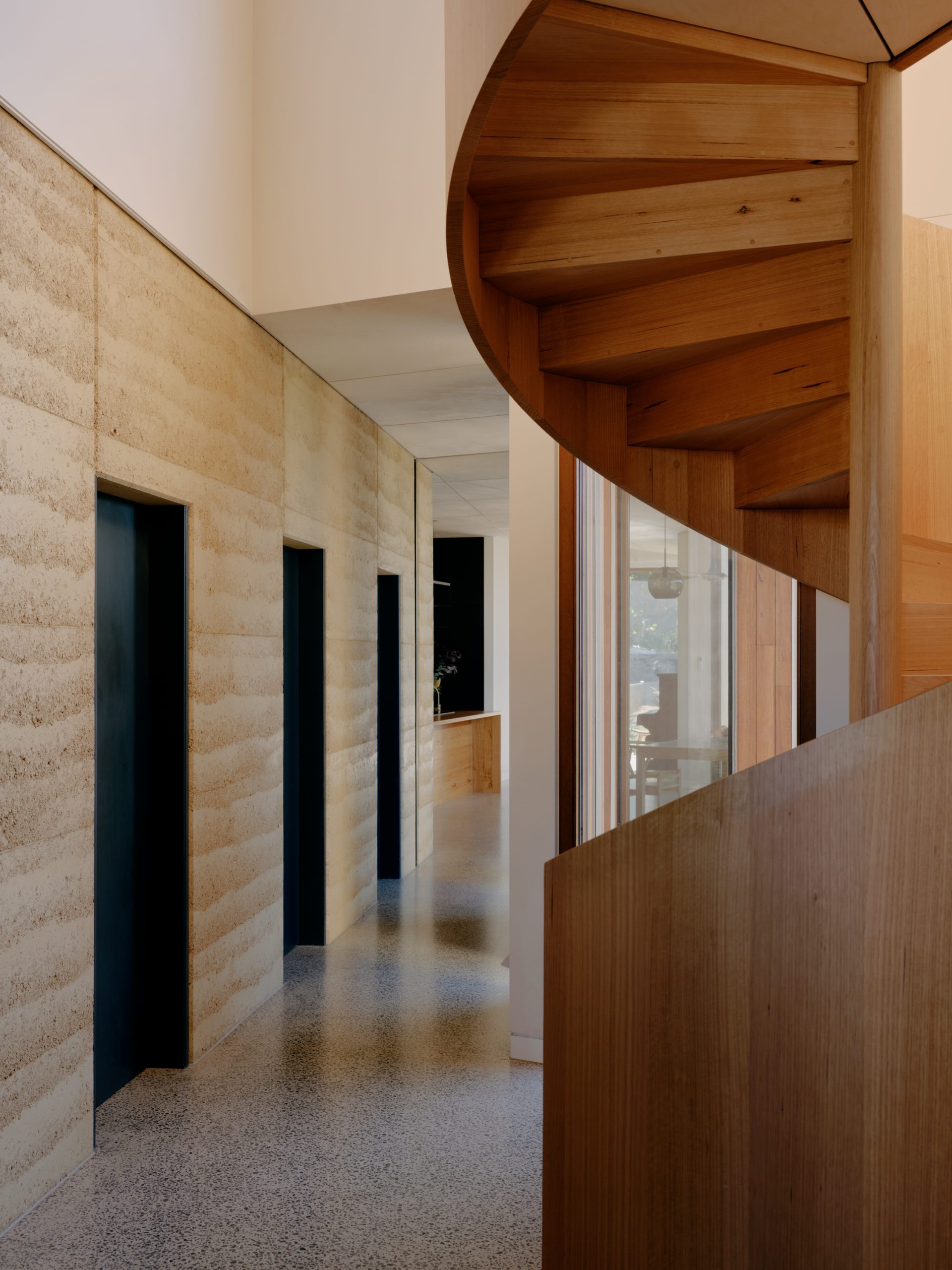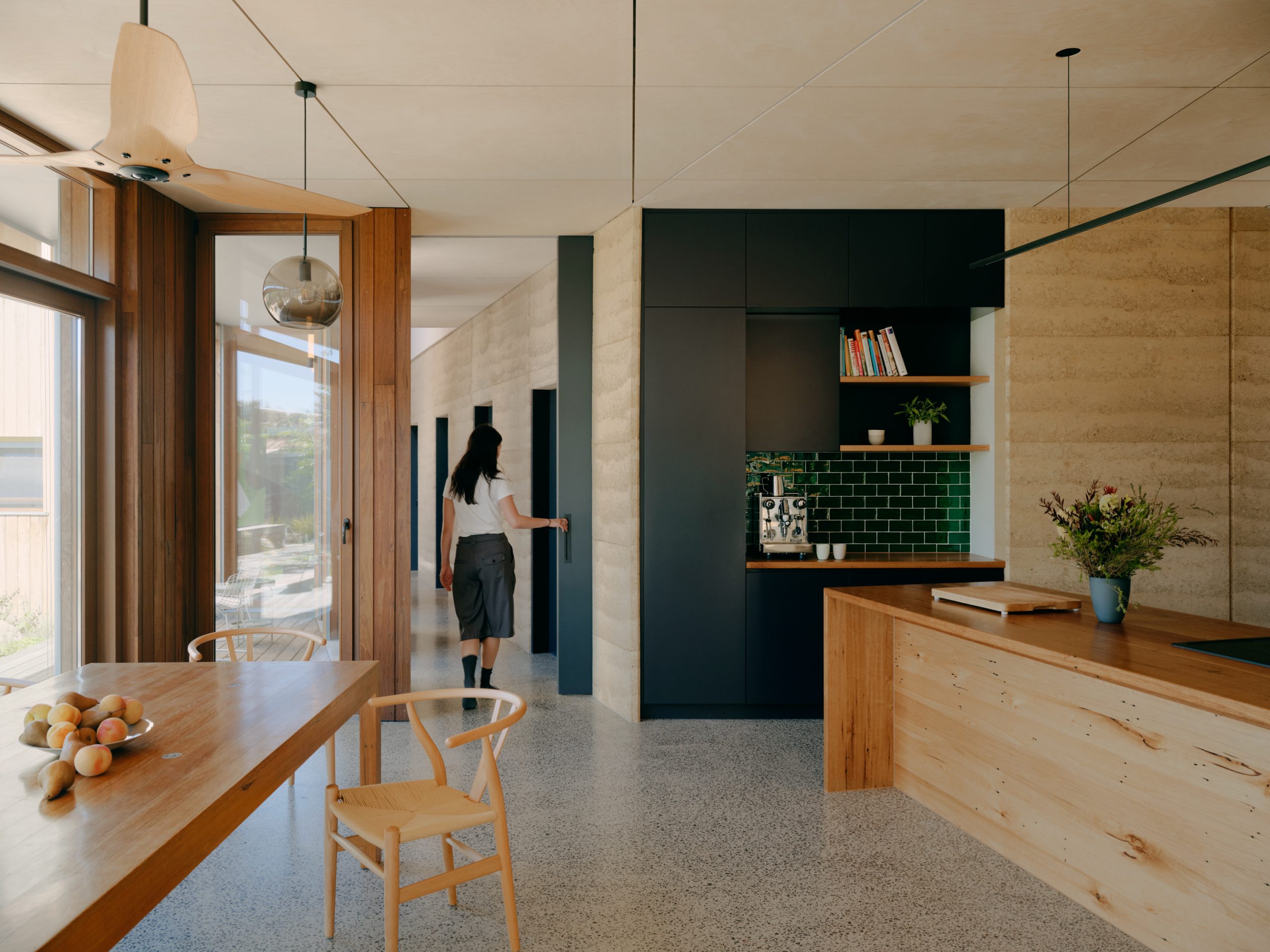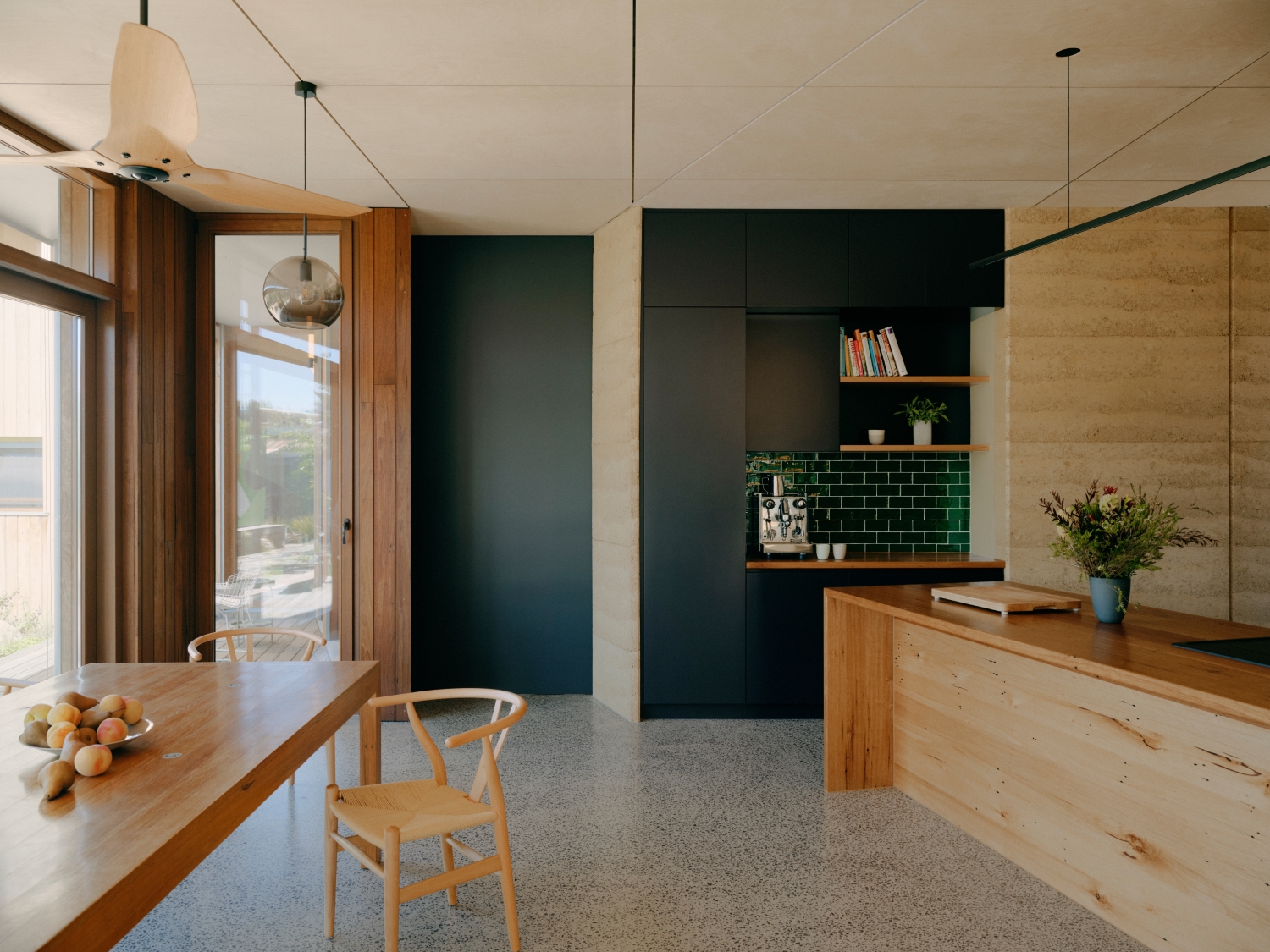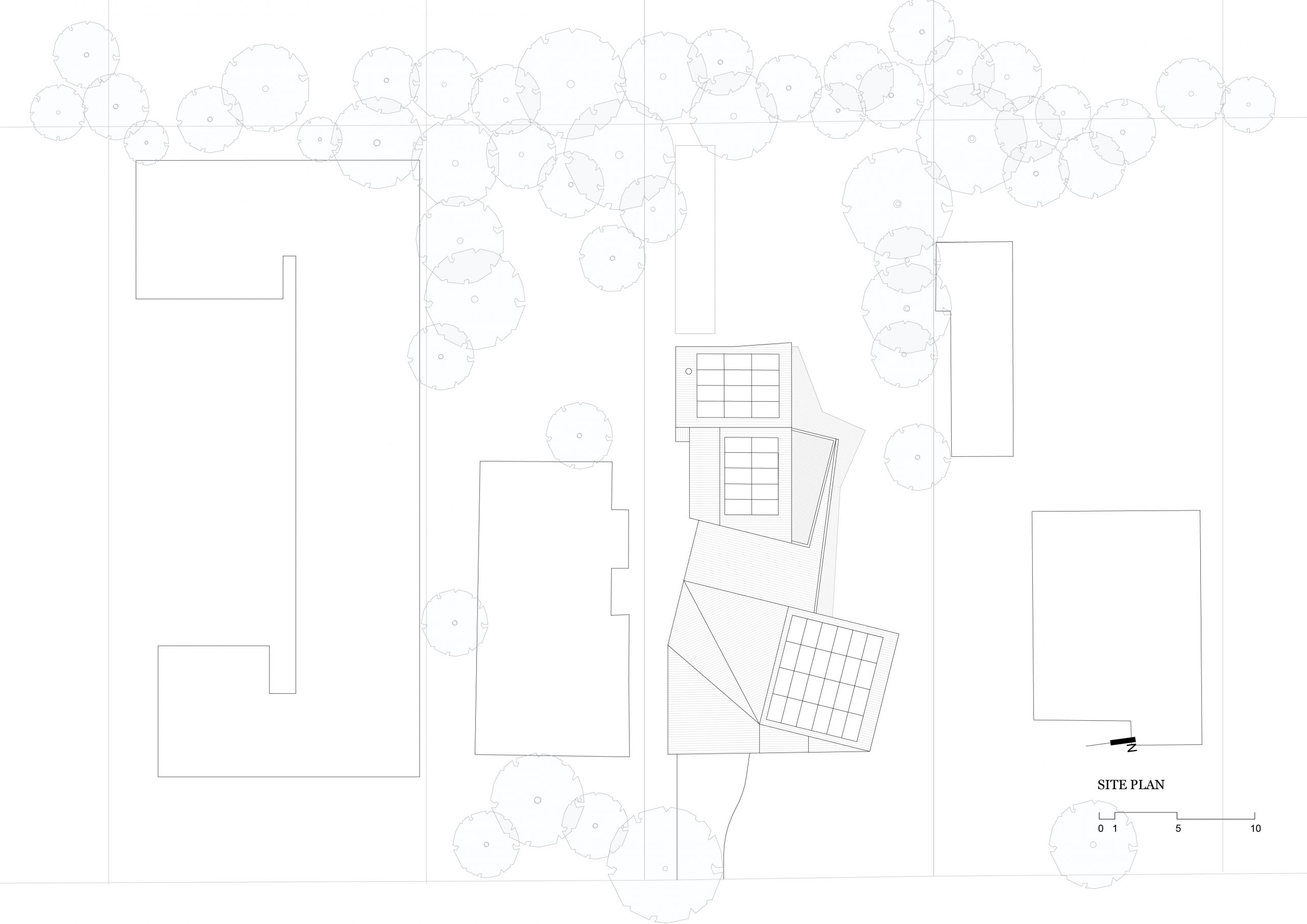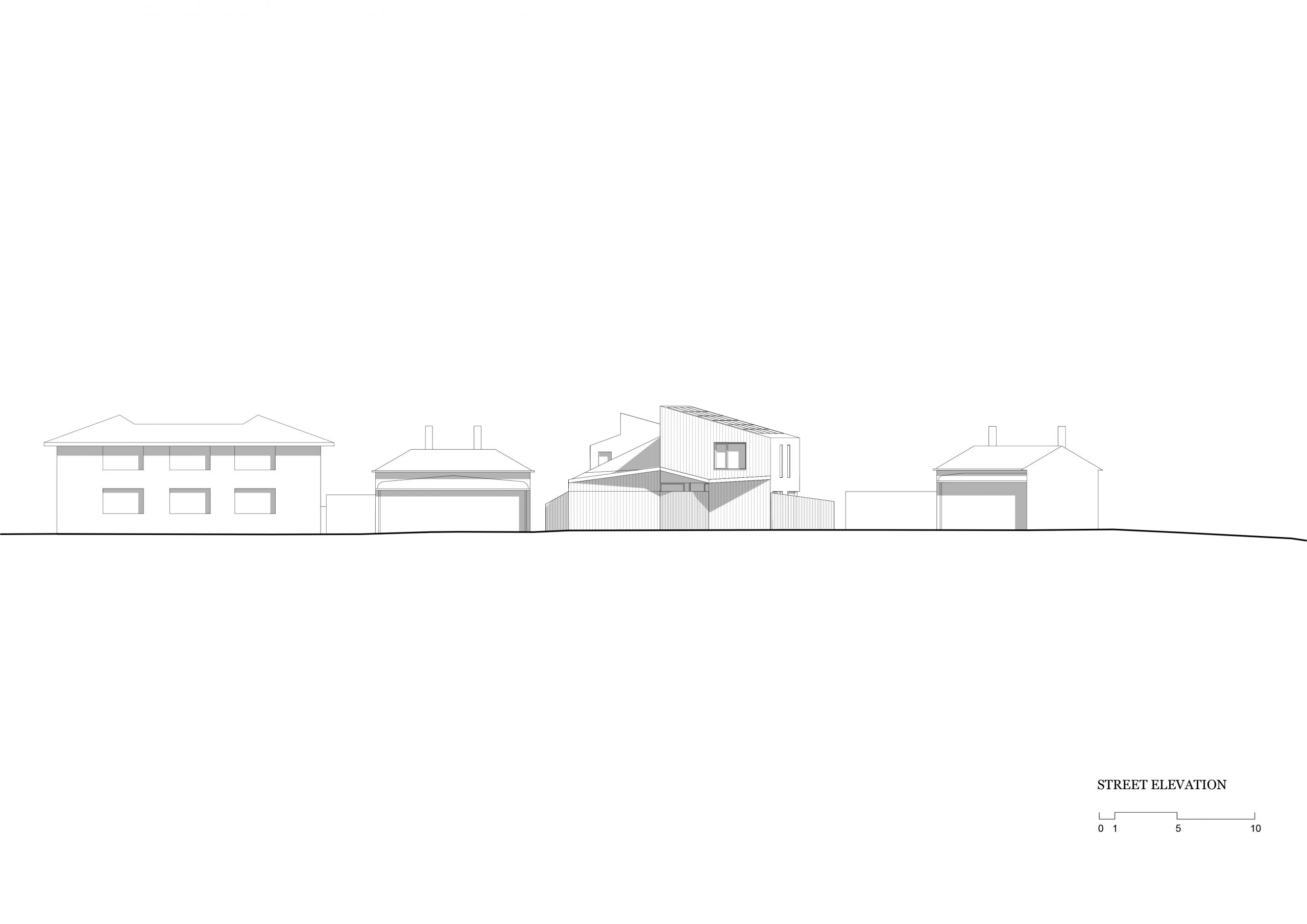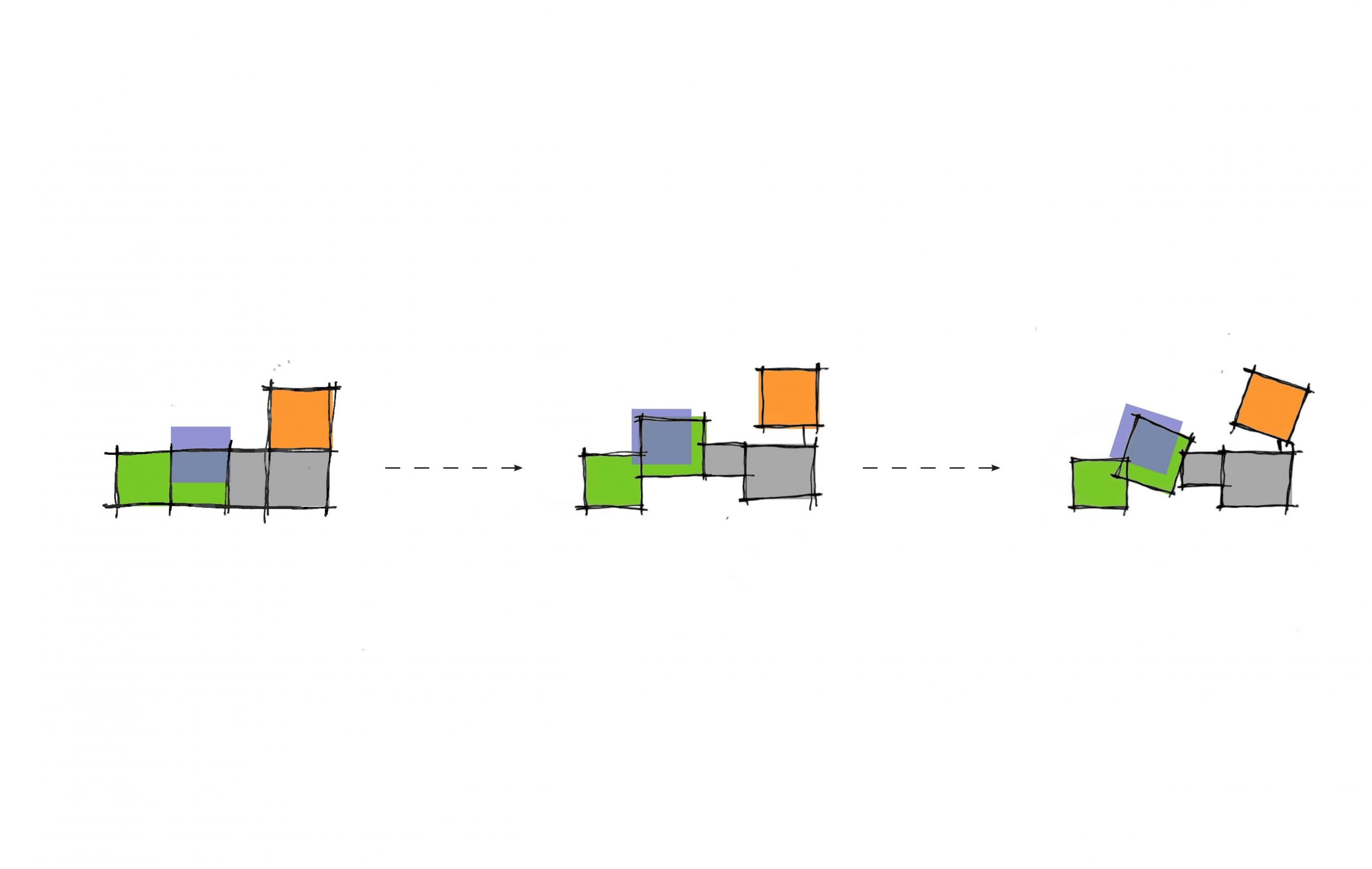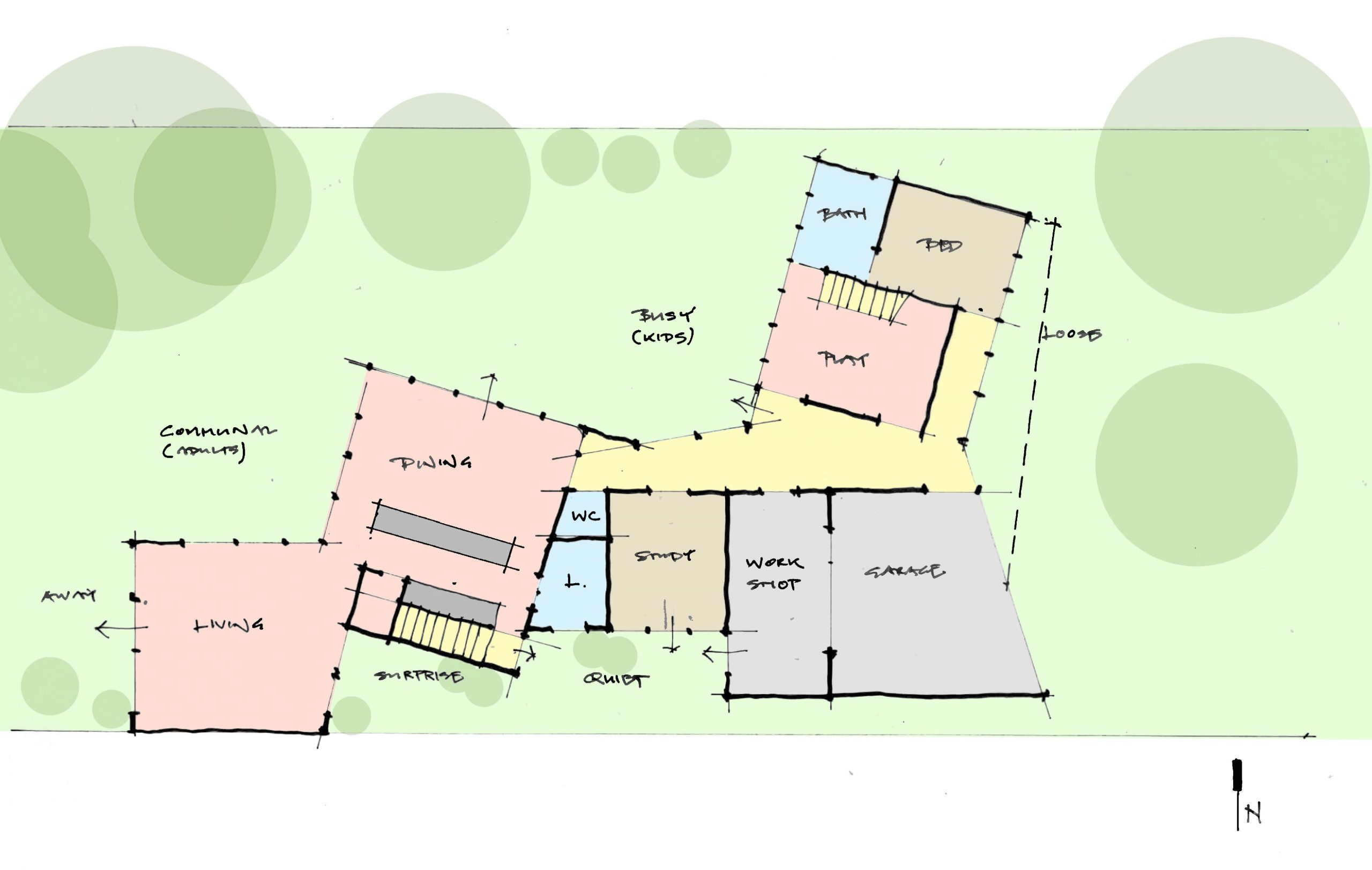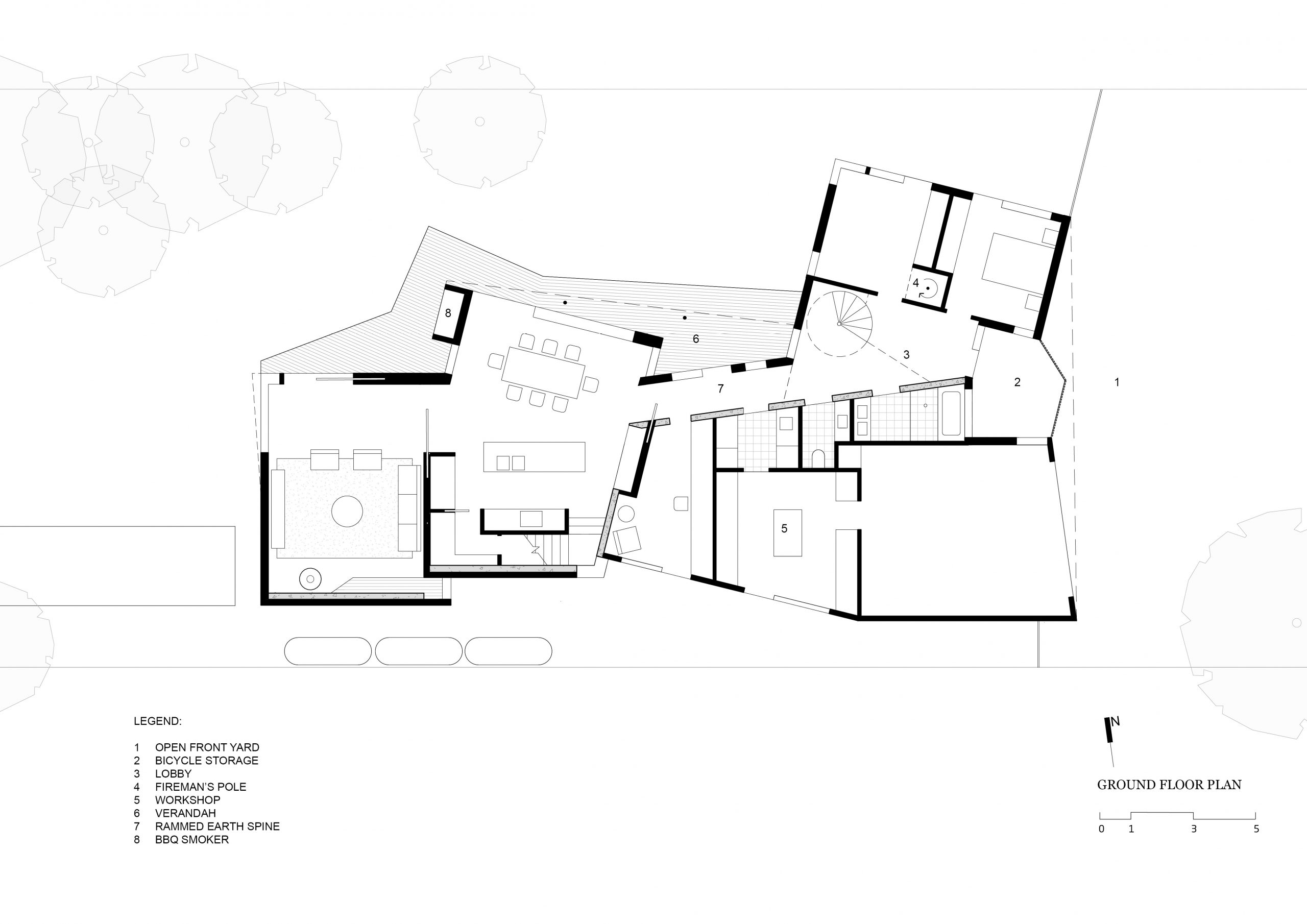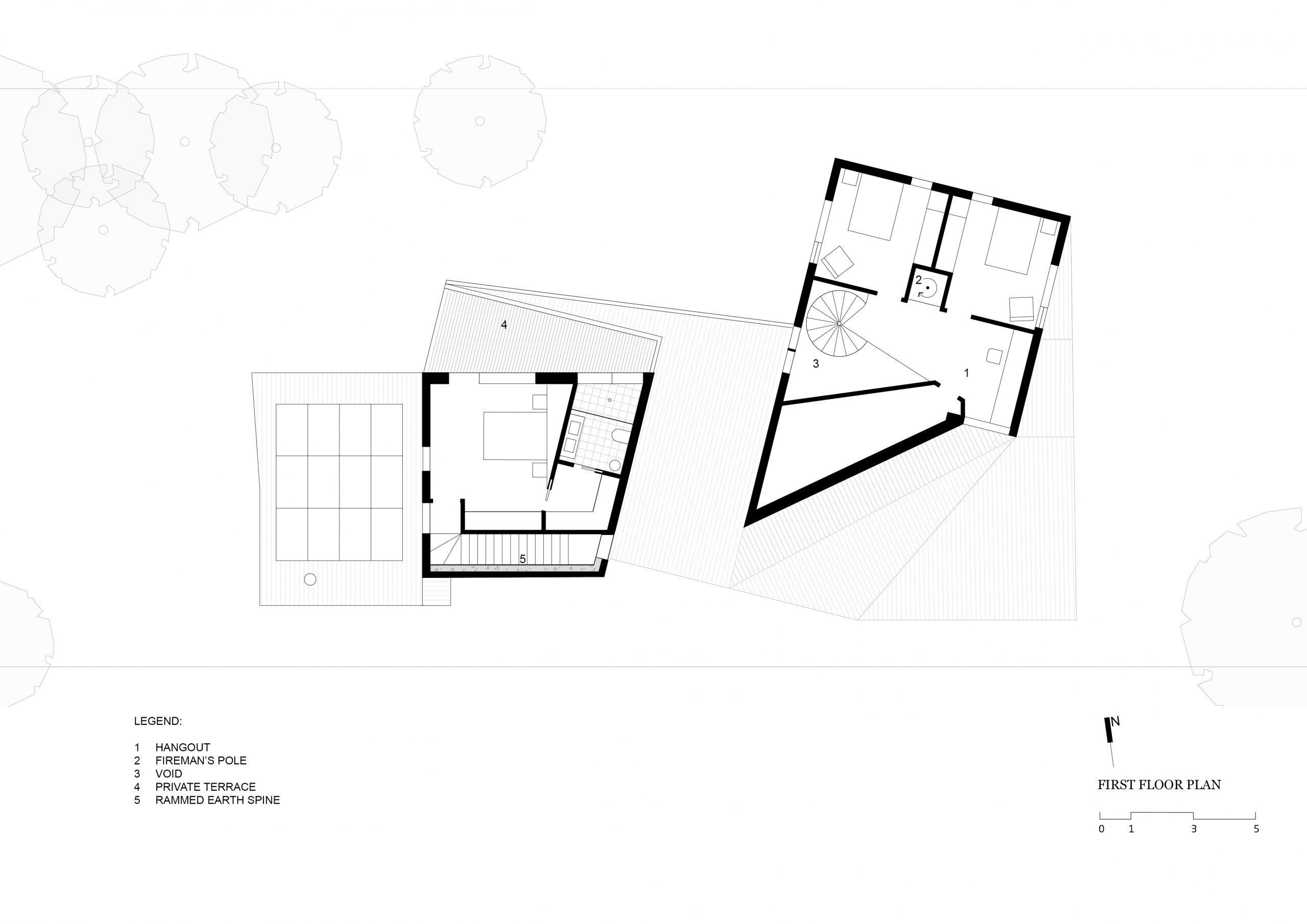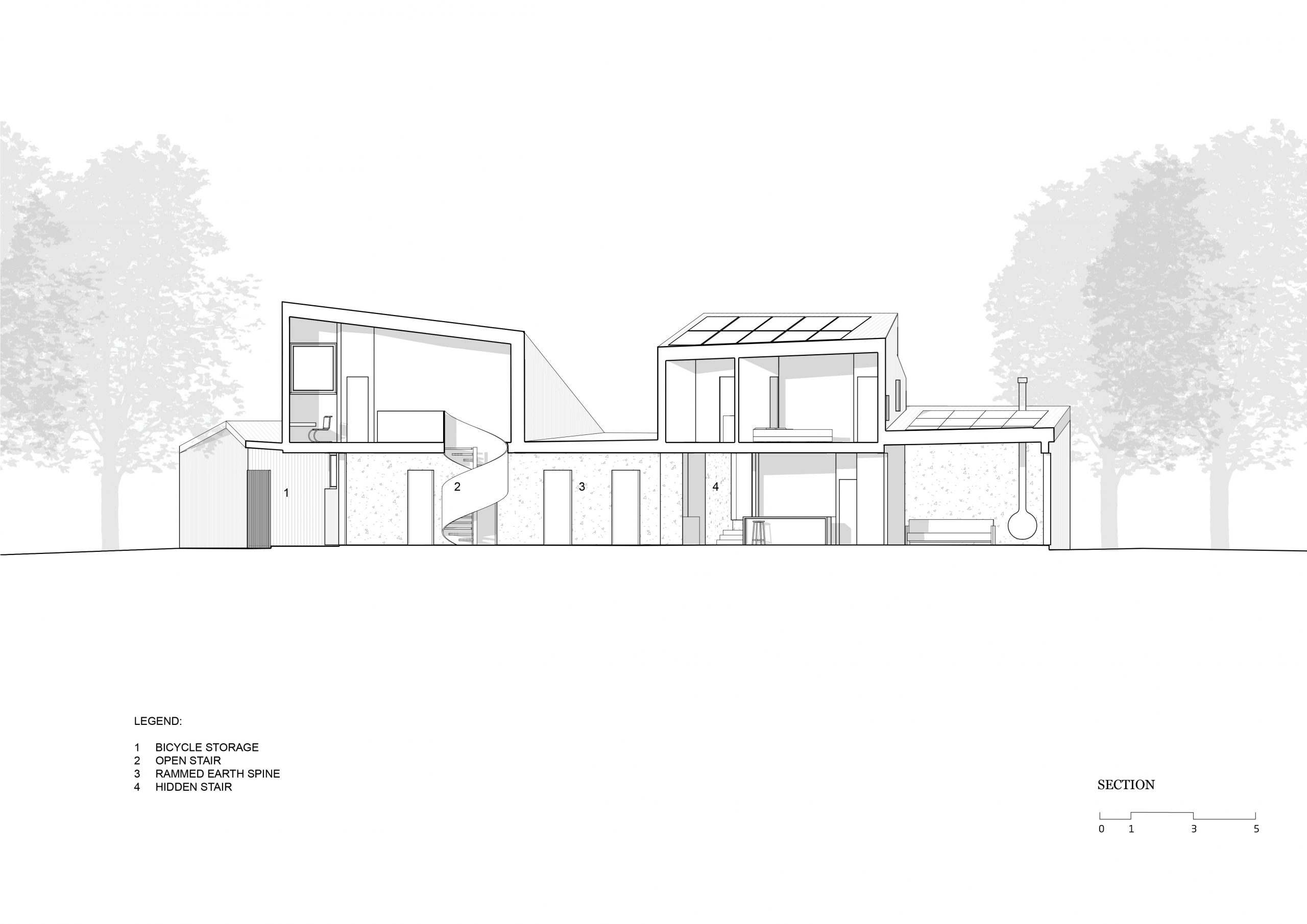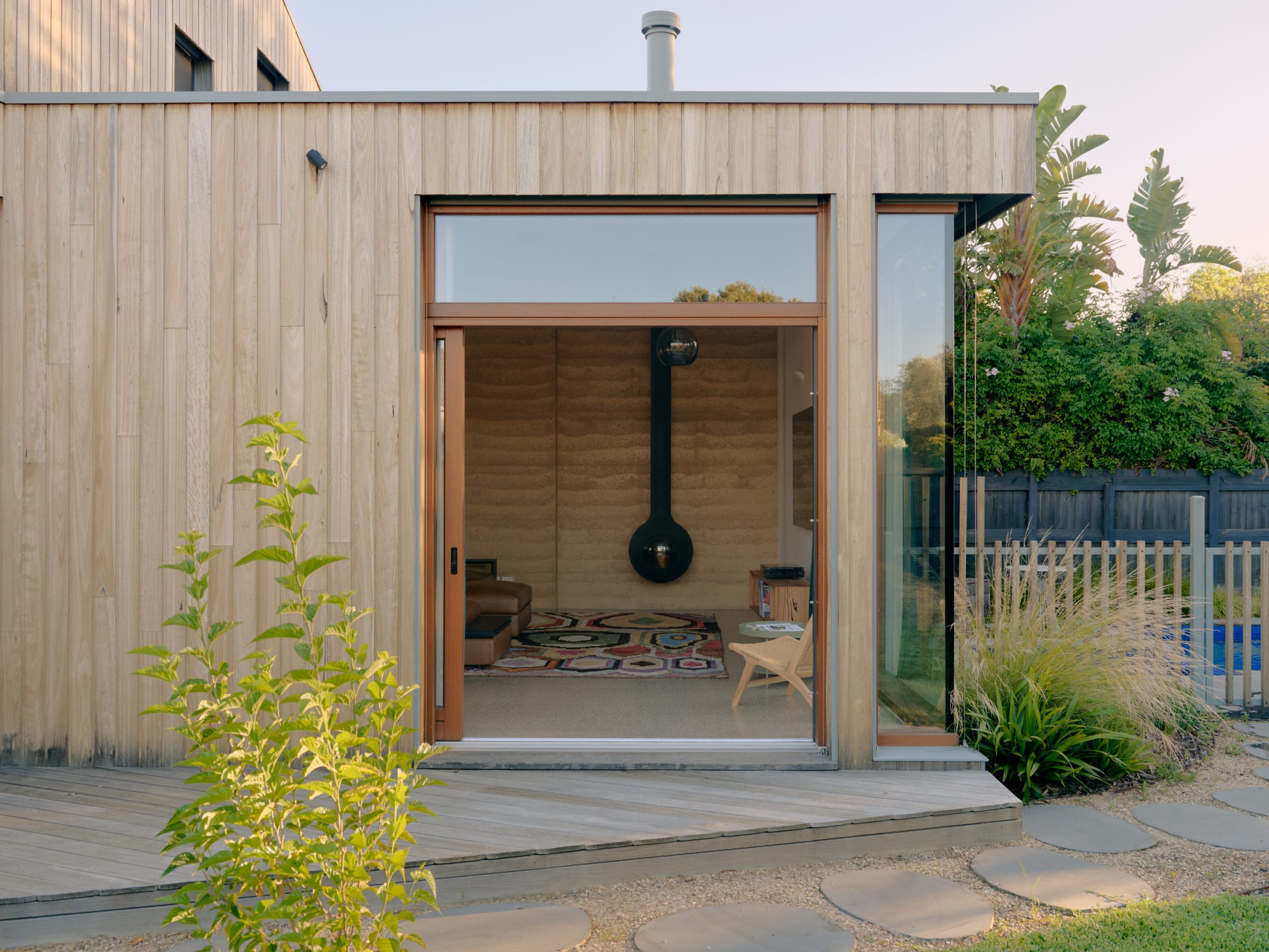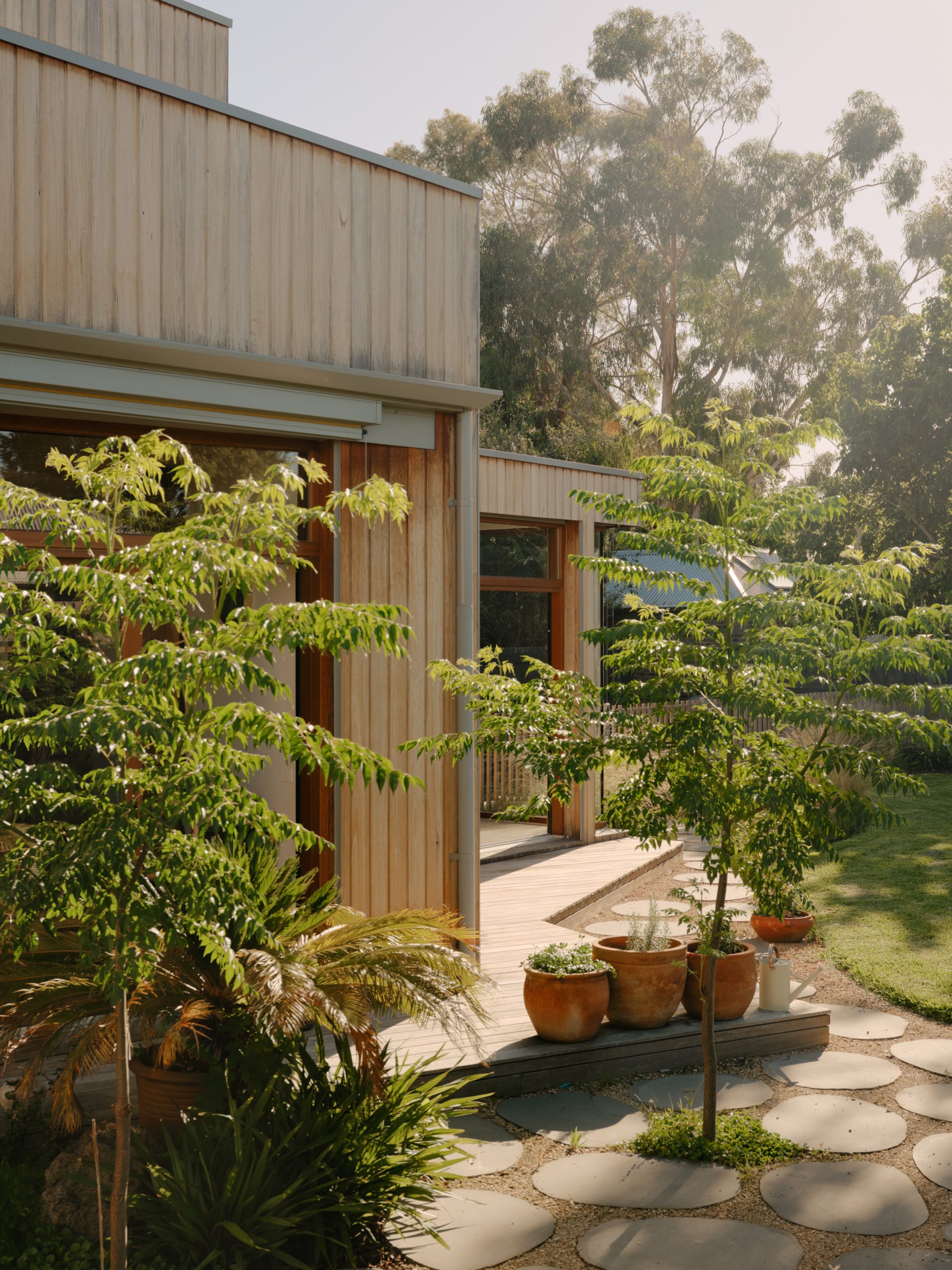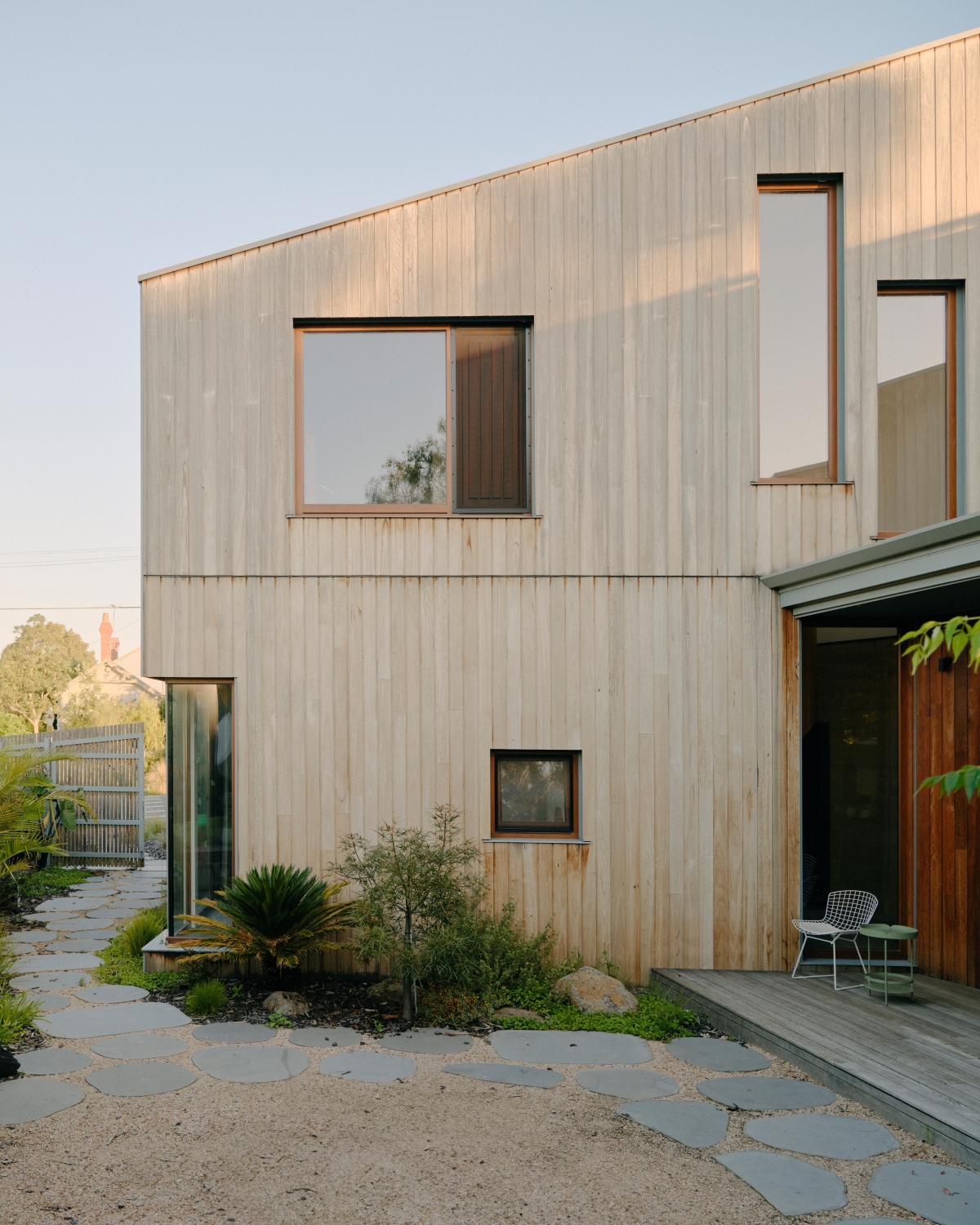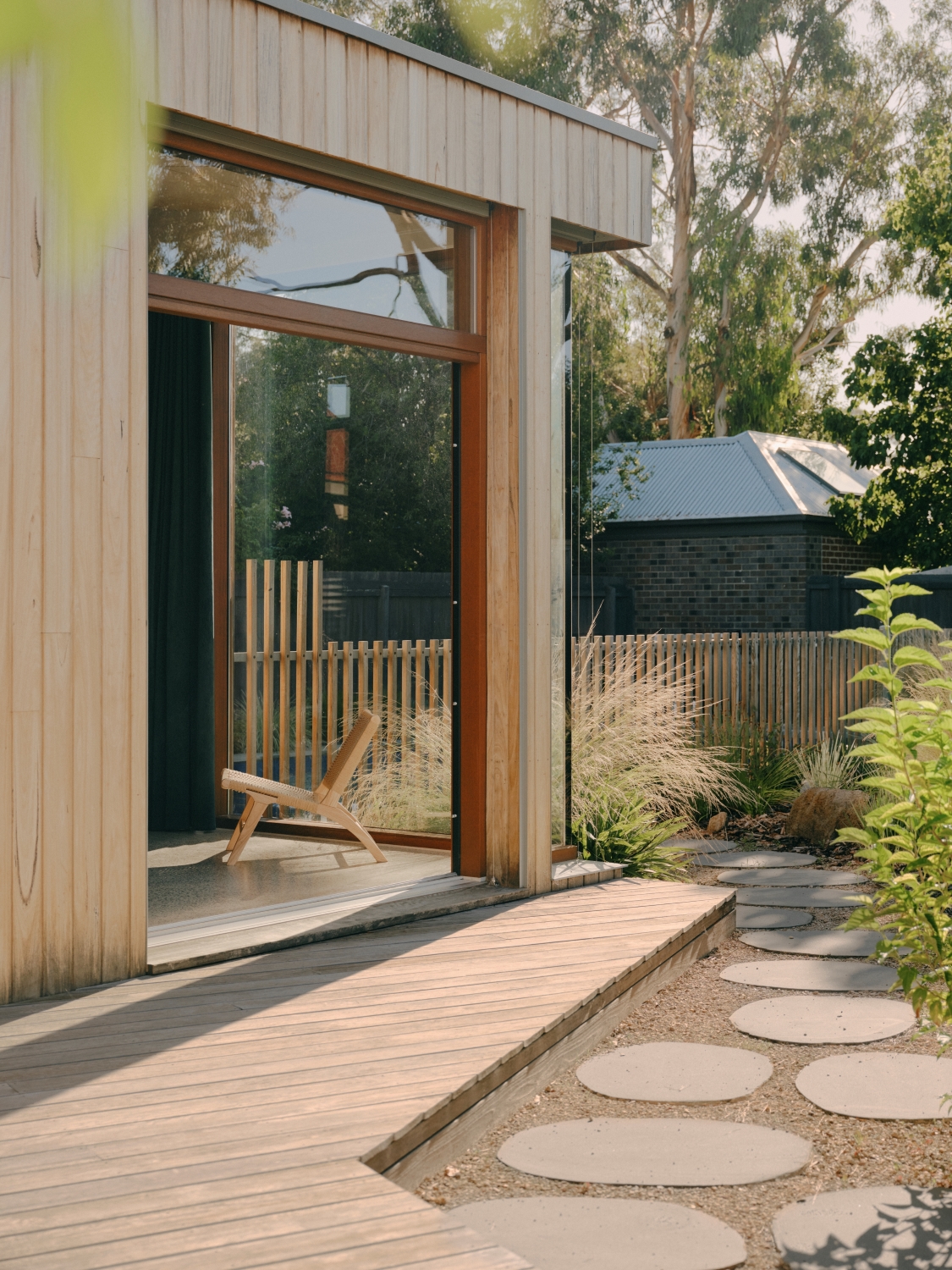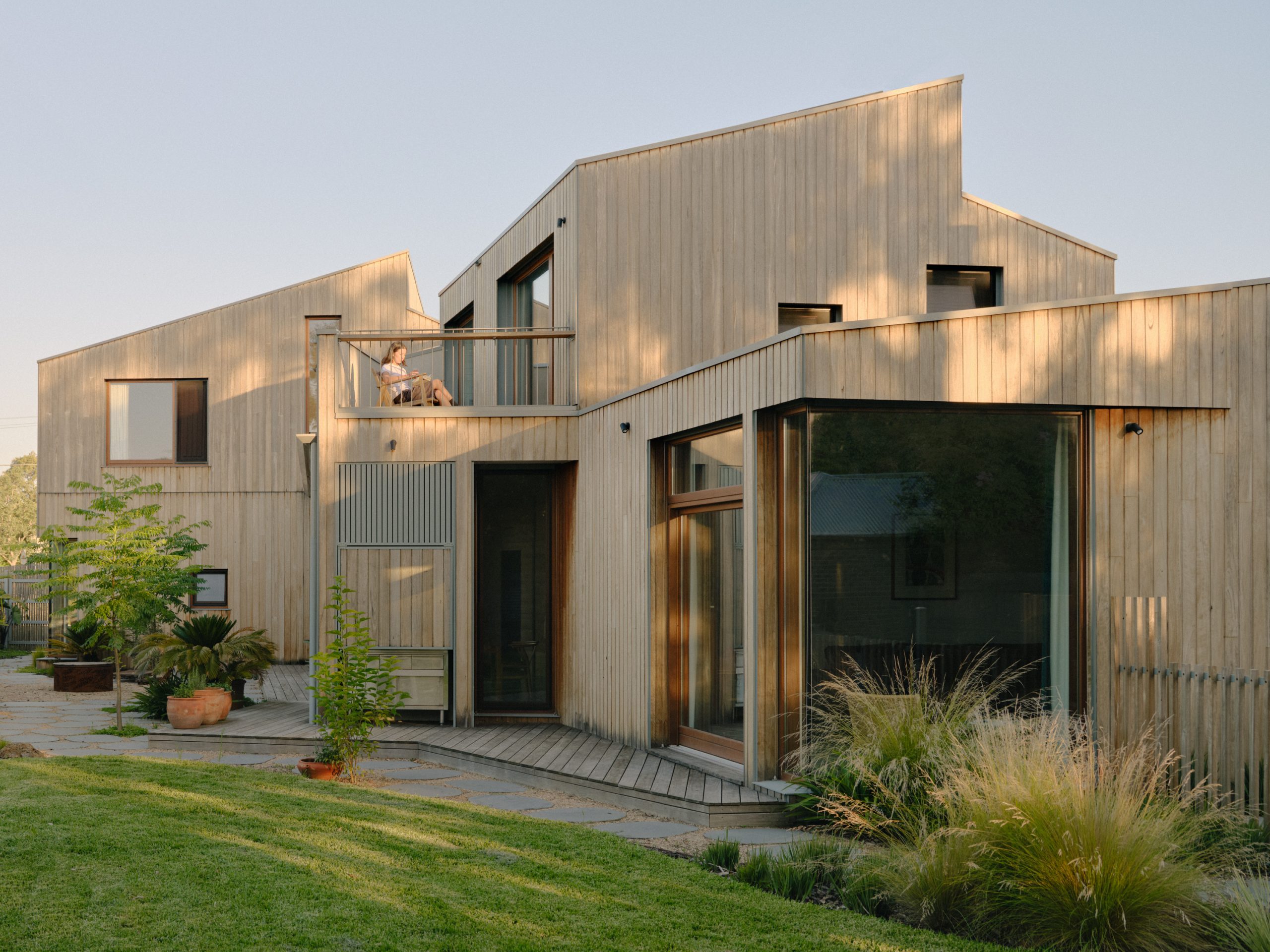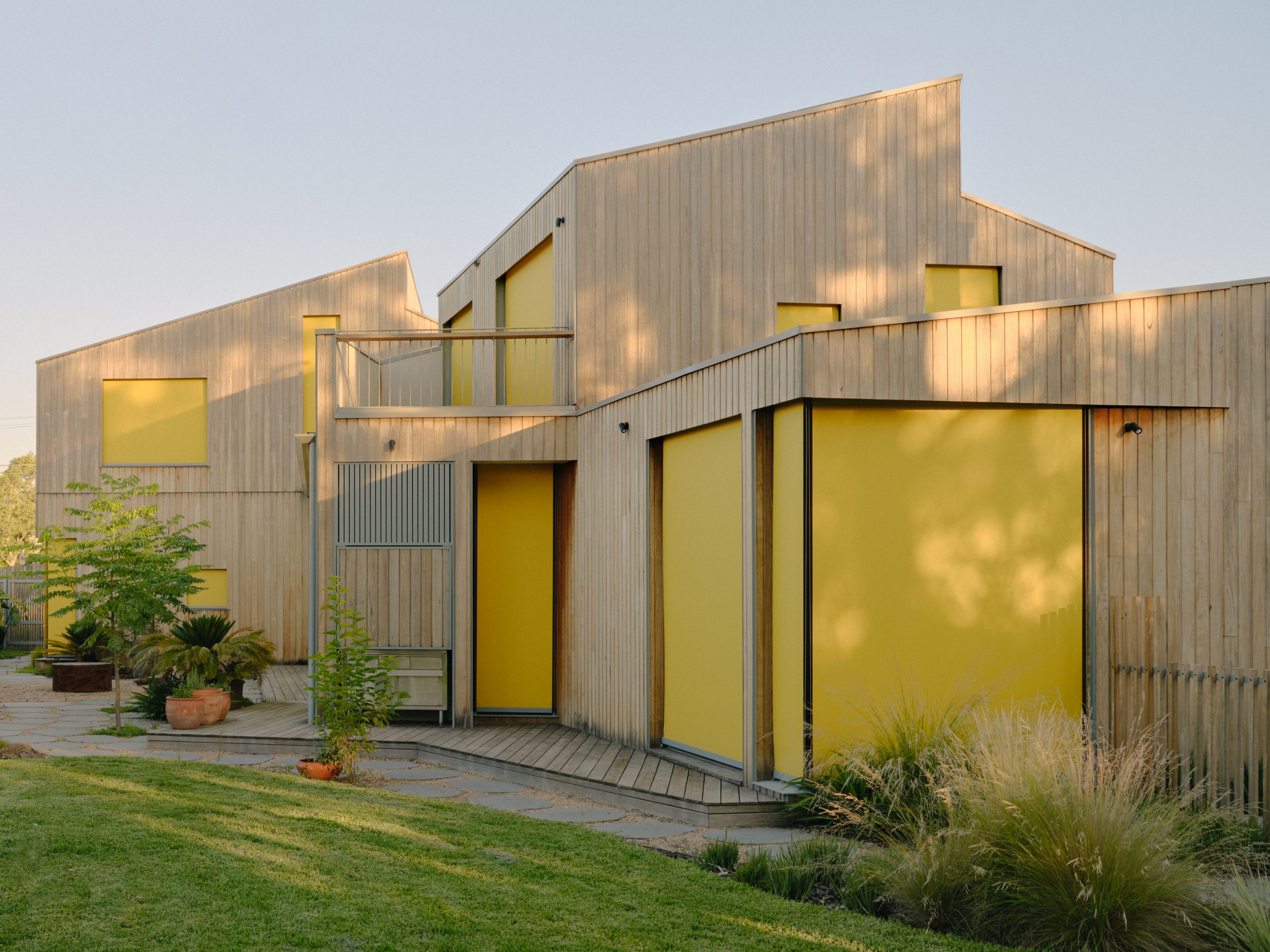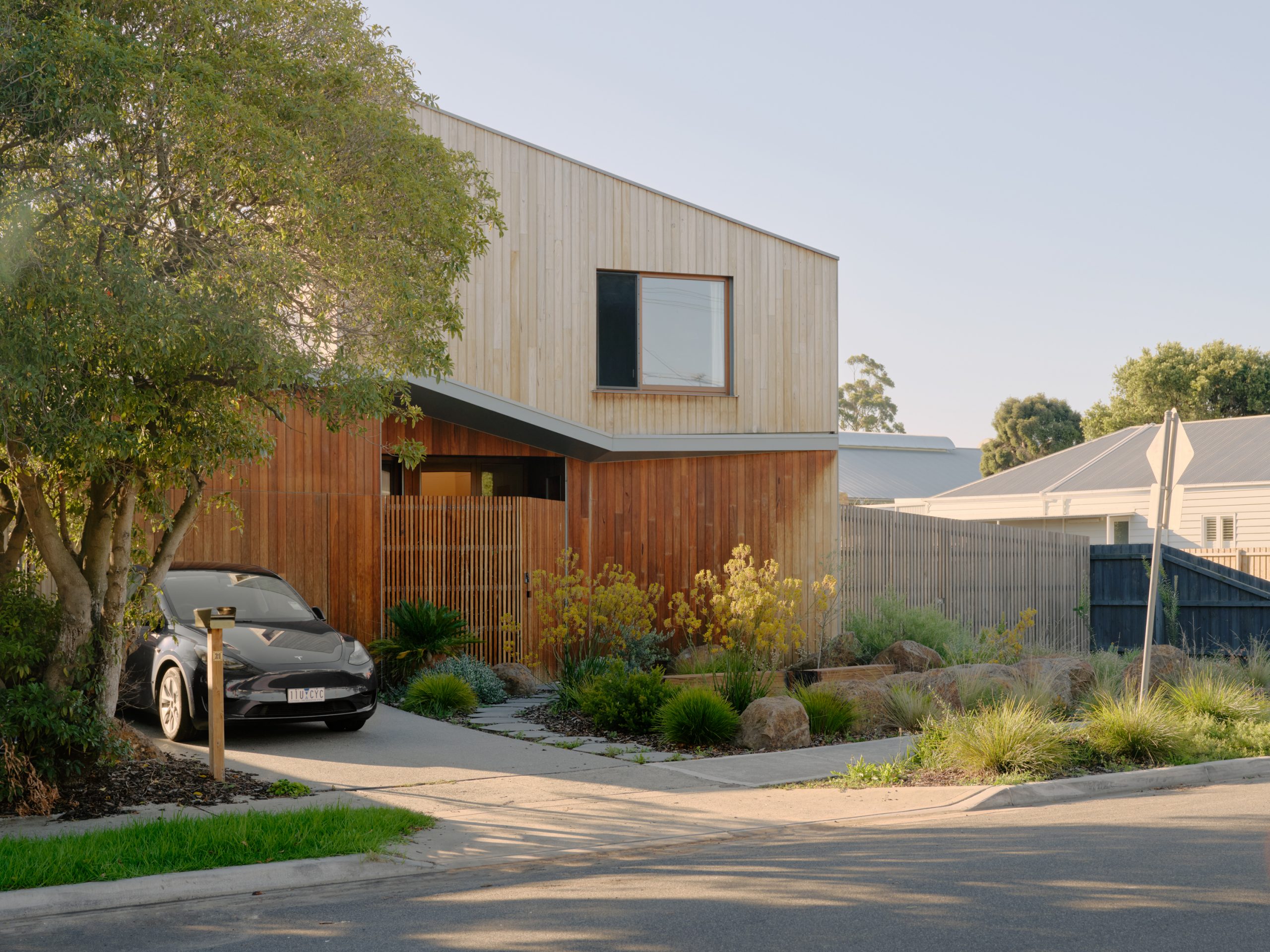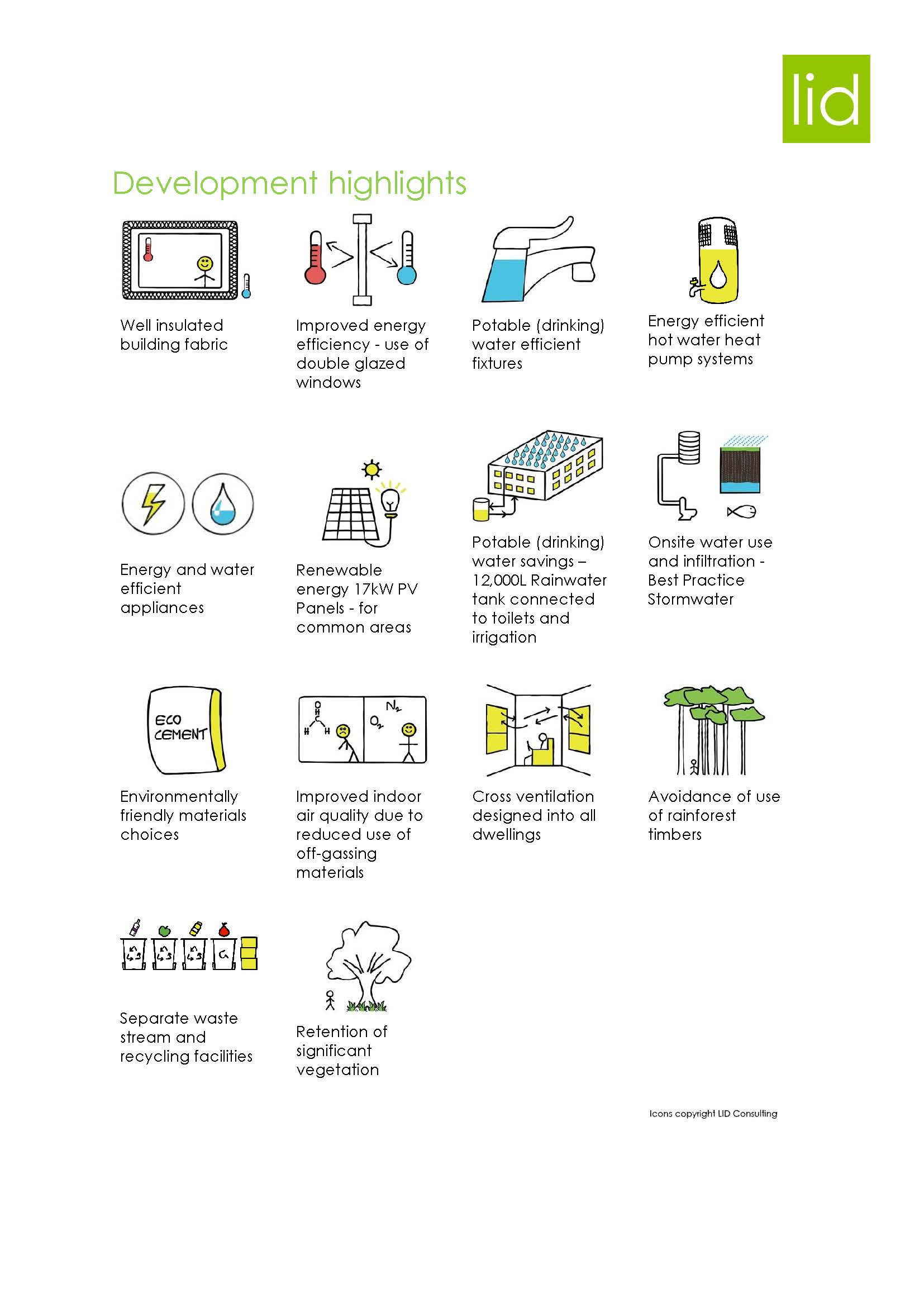Read more
To appear recessive was our plan from the outset. It carried through from the initial concept to floor plans, form finding, material selection and detailing. And, although modest, it openly engages with the street. We removed the front fence and worked together with landscape designer Lisa Armstrong to create an open front yard with native plantings and casual sitting areas.
The street frontage is casual in its presence and once entered through an outside lobby, you find yourself in an organic array of rooms, a design move directly responding to the diverse and evolving needs of today’s family.
The functional concept is a thoughtful arrangement of four zones: parents, children, communal and utilities. Pivotal to the design is the floorplan around a northern courtyard-style garden. Consequently, the home’s centre is a dining area at ground level, with private living areas to both sides. Parking, workshop, and utilities are located to the south.
Wanting to create an organism that virtually contracts and expands, we chose our rooms not to be rectangular: walls are angled, and ceilings sloped. The form of Cloud Street is broken down into small parts that are held together by two sleeping pavilions, parents at the rear, children and guests at the front. Whereas the parents’ wing is secluded with a staircase tucked behind the kitchen leading to the main bedroom with a private terrace, the kids’ wing features an open circular timber staircase, a fireman’s pole and access to a garden that can engage with the street.
Going beyond aesthetics, but respectfully engaging with its environment on more than one level is at the core of Cloud Street’s design, construction, and use. Actively controlling thermal comfort, sunlight access, balanced natural light, natural air and ventilation, acoustics, and access to greenery informed layout, size and location of openings and material choices. Despite its formal complexity, the house was economically constructed around a rammed earth spine, selected for its low embodied carbon, thermal mass, how light animates its surface, but also for its acoustic quality.
A light-controlling verandah, strategically placed windows for natural ventilation and thick walls with integrated automated awnings ensure stable indoor temperatures, reducing reliance on artificial climate control. Clad in timber destined to mature gracefully, it symbolizes a symbiotic relationship with nature.
Being accustomed to smaller homes, Cloud Street is one of our largest houses to date. However, it is thought of as a building that reaches out, considered as a series of fragments and constructed with a restrained material palette to create a home that is environmentally sensitive and integrates with its community.
roof overhangs and expressive sunshading give it a generosity like that of a Californian Bungalow.
